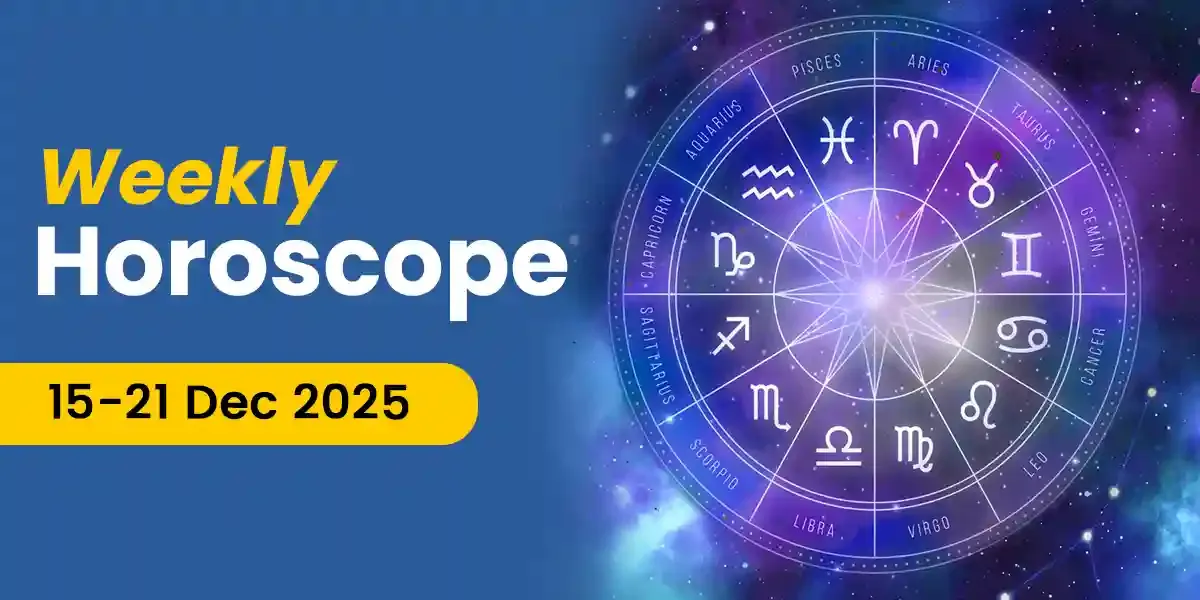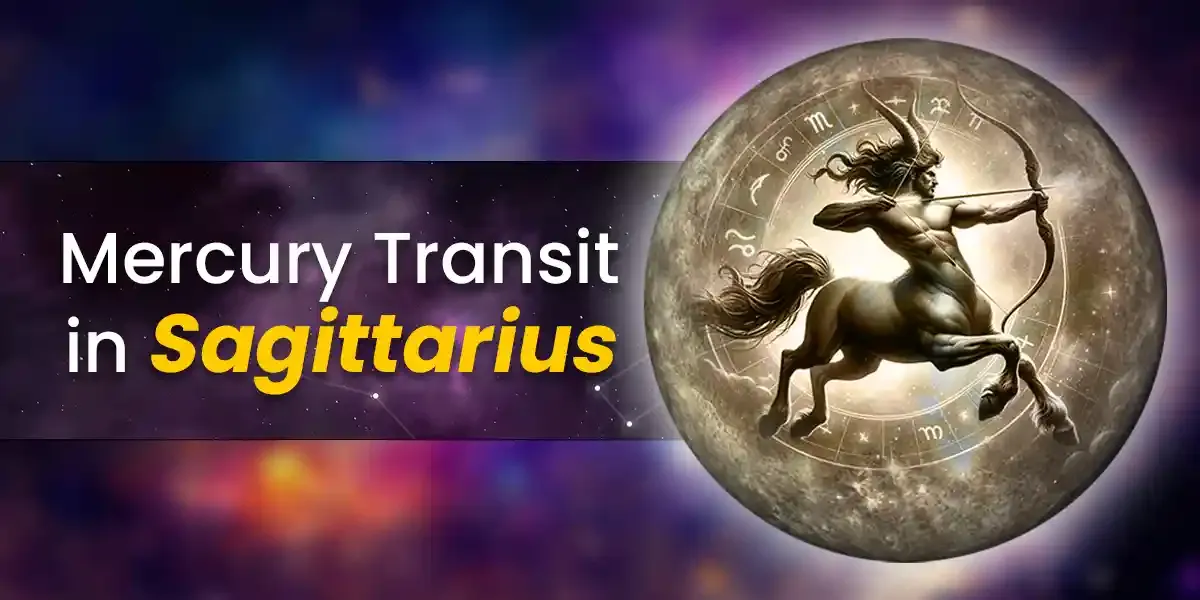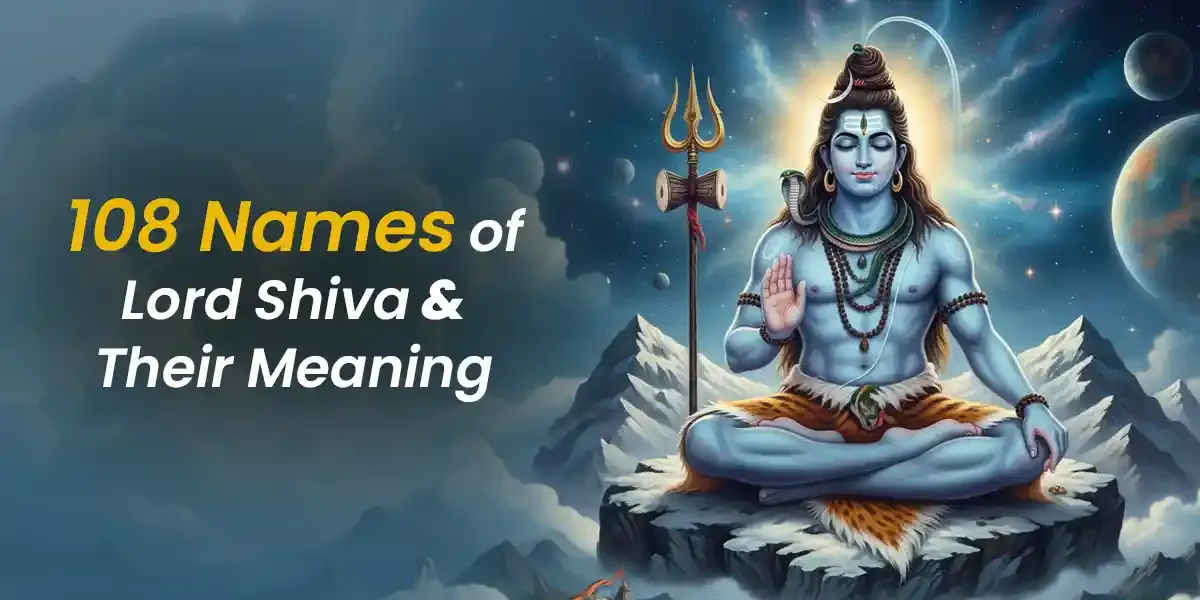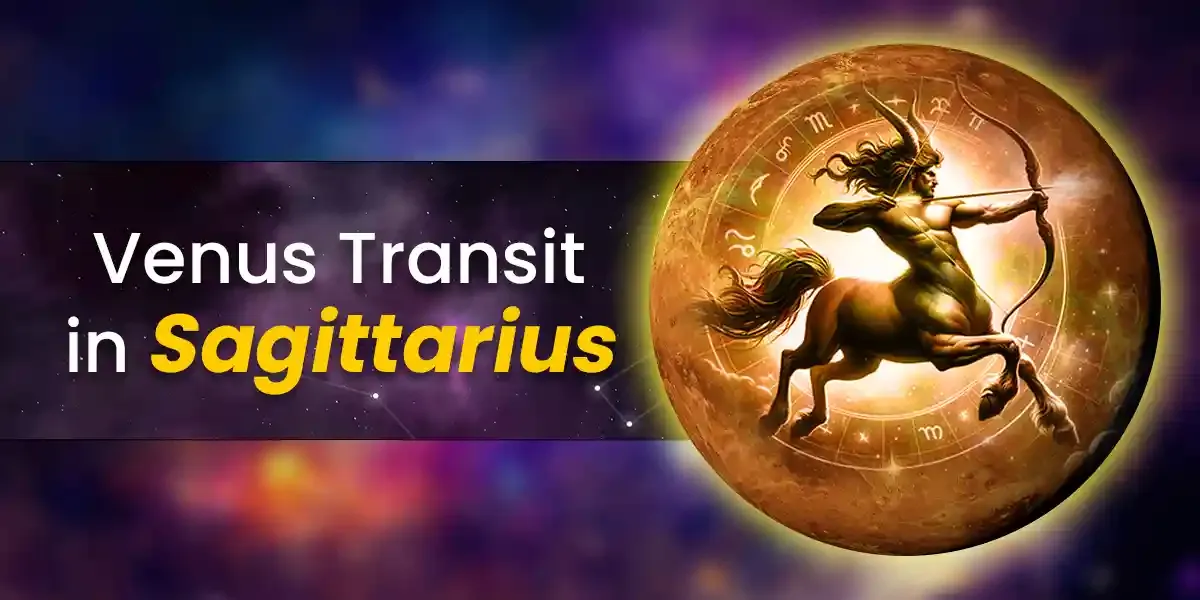
The phase of the moon, when it is completely illuminated when seen from the Earth, is termed the ‘Full Moon’. This happens every 29.5 days, when the Earth is located directly between the Sun and moon. The moon appears completely round then and is believed to exert certain effects not only on humans, but on other animals and even in nature. While the phenomenon of tides is known to be connected with the pull of the moon on the water, humans are afflicted with conditions such as, insomnia and insanity while animals such as wolves and dogs are seen to behave peculiarly.
This bright body in the sky, always fascinated man and once its cycle of appearance was recognised and understood, man started using its movement to keep track of time and set schedules for hunting, planting and harvesting. The Native Americans kept track of the seasons, by giving ‘Nick Names’ to each recurring Full Moon.
The Farmers’ Almanac’s list of the interesting and quite ‘sensibly’ used Full Moon names according to the Gregorian Calendar are-
January - Wolf Moon - Also called the ‘Old Moon’ and ‘Ice Moon’. Named so because the wolf packs would howl hungrily outside villages, since food was not easily available in the cold and snow of deep winter.
February - Snow Moon - Also called the ‘Hunger Moon’. There was paucity of food for the tribes because of difficulty in hunting due to heavy snow fall in this month.
March - Worm Moon - Also called the ‘Sap Moon’, ‘Crow Moon’ or ‘Crust Moon’. In the last Full Moon of winter, as the snow thawed, it would become crusty, the worms would leave their trail on the ground and annual tapping of maple trees would begin as their sap would start to flow.
April - Pink Moon - Also called the ‘Sprouting Grass Moon’, the ‘Egg Moon’ or the ‘Fish Moon’. The moon was named after the first Spring flowers, the ‘Wild Ground Phlox’that made its appearance in the form of pink moss. This was also the time, the Shad swam upstream to spawn.
May - Flower Moon - Also called the ‘Corn Planting Moon’ and the ‘Milk Moon’. Named so beacuse abundant blooms of flowers were seen in most areas during this time.
June - Strawberry Moon - Also called the ‘Rose Moon’. Named so as this was the relatively short period for harvesting strawberries each year.
July - Buck Moon - Also called the ‘Thunder Moon’ and the ‘Hay Moon’. The moon was named so because at this time the new antlers of Buck Deer, pushed out of their fore-heads which were covered by velvety fur. Also, thunderstorms were frequent during this time.
August - Sturgeon Moon - Also called the ‘Green Corn Moon’ and the ‘Red Moon’. The North American fishing tribes realised that the Sturgeon, a large fish, was abundant during this month. The moon often appeared reddish at this time due to the Summer haze.
September - Corn Moon or Harvest Moon - Also called the ‘Barley Moon’. A commonly used term for this month’s moon, referred to the time of the year after the Autumn equinox, when crops were gathered. The moon was particularly bright this month and rose early, giving farmers visibility to continue harvesting late into the night.
October - Hunter’s Moon - Also called the ‘Travel Moon’, the ‘Blood Moon’,the ‘Sanguine Moon’ and the ‘Dying Grass Moon’. During this month too, the moon was particularly bright and big, giving hunters opportunity to hunt the ‘Summer-fattened’ Deer and the fox unable to hide in the now bare fields so that meat was stored for the long winter ahead.
November - Beaver Moon - Also called the ‘Frosty Moon’. During this time, Beaver traps were set before the swamps froze, to ensure a supply of warm winter furs. This was also the time when Beavers were very actively building their winter dams.
December - Cold Moon - Also called the ‘Long Night Moon’ and the ‘Oak Moon’. Named so, because during this time the nights became long, dark and colder.
Our in-house team of writers comprises of vibrant, like-minded, and curious souls who are passionate about helping people find joy and motivation through the magic of words. Our writers are keen on using their skills to make the study of divination sciences a guiding tool in people's lives. They hold expertise in writing on a myriad of topics related to Indian Astrology, Spirituality, Planetary Movements, Vastu Shastra, Numerology, and Tarot among several others. The Astroyogi team aims to write articles that can help the readers lead a life of peace and tranquility whilst enjoying the many ups and downs of life!



































